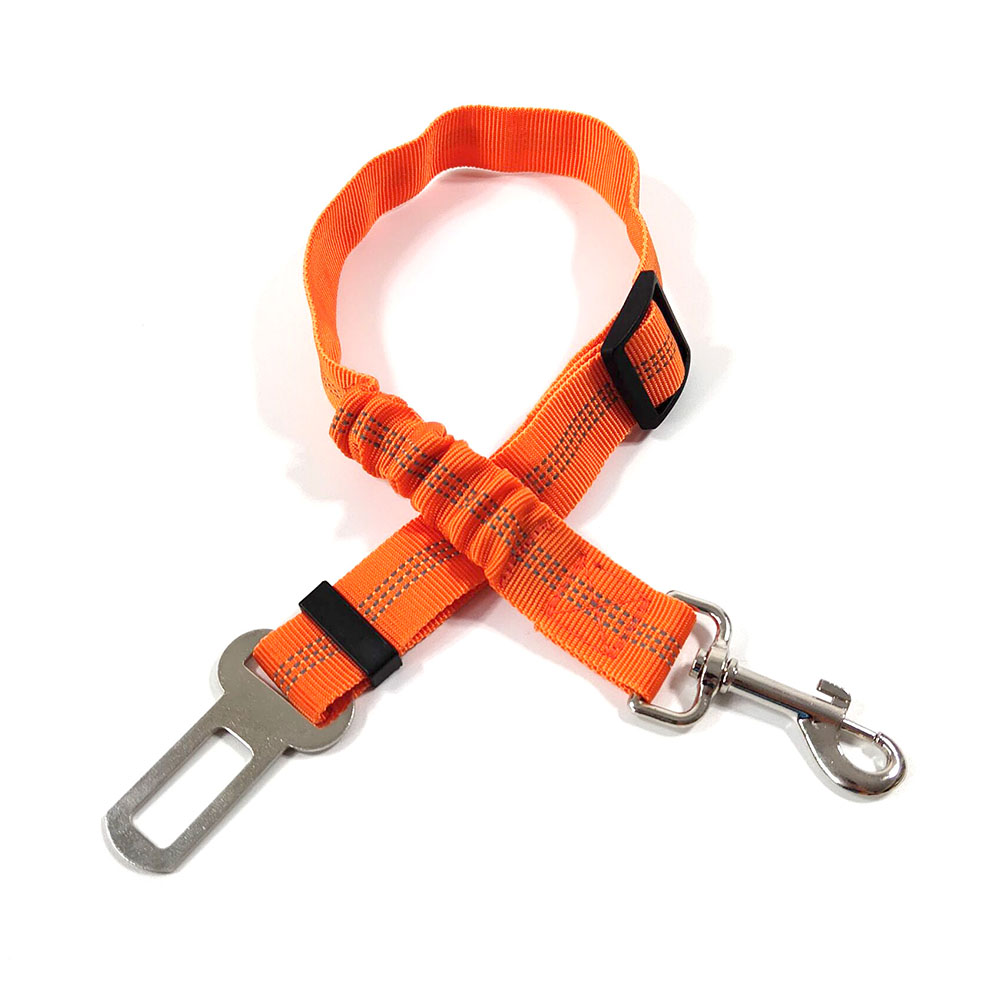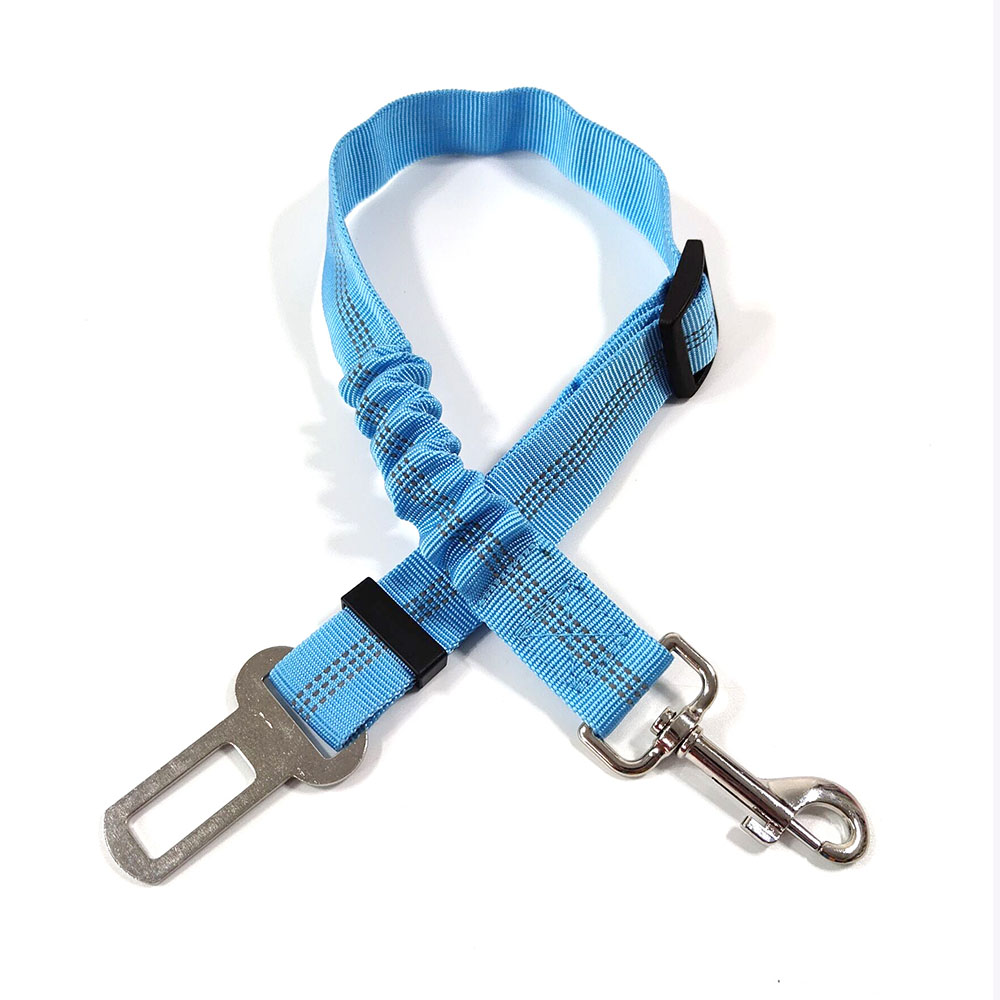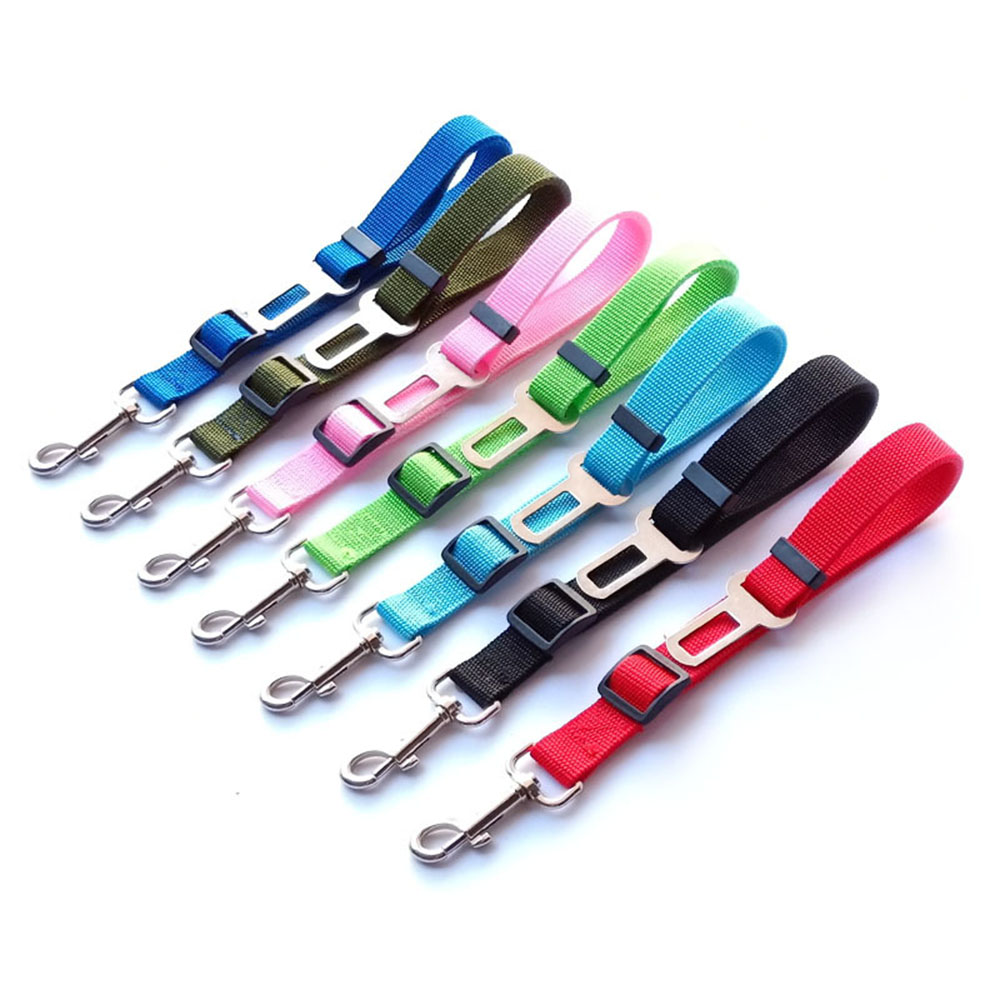Why Choose a Harness for Dogs that Pull
Choosing the right equipment for walking your dog is vital for both safety and comfort. For dogs that have a tendency to pull, a harness can be a game-changer compared to a traditional collar. Here are some reasons why selecting the best dog harness for pulling is important:

- Control and Safety: A harness disperses pressure over a larger area of your dog’s body, reducing strain on their neck and back. This gives you better control and decreases the risk of injury.
- Comfort for Your Dog: Harnesses designed for pullers typically come with padding and adjustable straps. They offer a snug fit without restricting movement, ensuring your dog’s comfort during walks.
- Training Assistance: A no-pull harness can be a helpful training tool. They are designed to discourage pulling, making it easier to teach your dog proper leash behavior.
- Improved Behavior: Harnesses for pulling can lead to better walking habits. When dogs realize that pulling doesn’t get them further ahead, they often reduce this behavior naturally.
When choosing the best dog harness for pulling, consider these benefits to ensure a pleasant walking experience for both you and your furry friend. Keep this advice in mind as we explore the specific features to look for in the next section of this guide.
Features to Look for in a Dog Harness for Pulling
When searching for the best dog harness for pulling, certain features are crucial. These features will not only ensure your dog’s safety but also improve the walking experience for both of you. Here’s what to keep an eye out for:
- Front-attaching leash rings: Look for a harness that has a front attachment point. It redirects your dog’s attention towards you, making it easier to manage pulling.
- Adjustable straps: A good harness should have adjustable straps for a custom fit. This prevents chafing and discomfort while keeping the harness secure.
- Padded chest and back plates: Padding offers extra comfort for your dog, especially when they pull. It also helps distribute pressure evenly across their chest and back.
- Durable materials: Opt for a harness made with strong, quality materials that can withstand pulling forces. It should hold up well over time, even with frequent use.
- Reflective stitching or elements: For nighttime safety, a harness with reflective elements is a smart choice. It makes your dog visible in low-light conditions.
- Easy to clean material: Since harnesses can get dirty, choose one that is easy to clean. Materials that are machine-washable or easy to wipe down save you time.
These features in a dog harness can make walks more enjoyable. They will help you have better control over your dog, reduce pulling, and increase safety and comfort for your canine companion.
Types of No-Pull Dog Harnesses
In the quest for the best dog harness for pulling, you’ll come across various types designed to curb your dog’s pulling habit. The right type can make a significant difference in your daily walks. Here are some common no-pull harnesses to consider:
- Back-clip harnesses: These have a leash attachment on the back. They’re ideal for small or less enthusiastic pullers. However, they don’t discourage pulling as effectively as other types.
- Front-clip harnesses: The leash attaches at the chest, pivoting your dog towards you when they pull. This design is highly effective for training and managing strong pullers.
- Tightening harnesses: These gently tighten around the dog’s body when they pull. It’s a deterrent for pulling, though proper fit and use are crucial to prevent discomfort.
- Head halters: While not a traditional harness, head halters can offer control over your dog’s direction. Dogs may need time to adjust to this style, and it’s critical to ensure a comfortable fit to avoid strain.
When selecting the best dog harness for pulling, observe your dog’s size, strength, and pulling habits. Choose a type that suits their needs without compromising on comfort or safety. Being familiar with these types can help you make a more informed decision.
Top Rated Dog Harnesses for Pullers
After understanding why a harness is beneficial for dogs that pull, and what features to look for, let’s explore some top-rated options available. Not all dog harnesses are created equal, and some stand out above the rest when it comes to managing a pulling dog. With a focus on comfort, control, and durability, here are a few top-rated harnesses that owners of pullers should consider:

- PetSafe Easy Walk Harness: Renowned for its front-clip design, the Easy Walk Harness redirects pulling dogs towards their owners, aiding in training against pulling.
- Ruffwear Front Range Harness: Offering padded chest and back panels, the Front Range is both comfortable and sturdy. Its front and back clip options add versatility for training.
- Kurgo Tru-Fit No Pull Harness: With its heavy-duty construction and padded chest plate, the Tru-Fit harness is made for strong pullers. An included carabiner adds an extra measure of security.
- Freedom No-Pull Harness: Featuring a patented design with a control loop on the back, this harness tightens gently around your dog’s chest to discourage pulling without causing pain.
- Blue-9 Pet Products Balance Harness: Designed to fit a wide range of breeds, the Balance Harness ensures a custom fit with multiple adjustment points, minimizing the chances of your dog slipping out.
Each of these harnesses comes with unique advantages, and picking the right one can greatly improve your walking experience. Note that the effectiveness of a no-pull harness can also depend on the dog’s individual behavior, size, and the skill of the handler. As you consider the best dog harness for pulling for your companion, keep fit and comfort in mind, detecting their pulling patterns and matching them with a suitable harness from this list.
How to Fit a Dog Harness Correctly
Fitting a dog harness correctly is as crucial as choosing the right type. A poor fit can lead to discomfort, escape, or even injury. Here’s how to ensure a perfect fit for your dog’s harness:
- Measure Your Dog: Start by measuring your dog’s neck, chest, and girth. This ensures you select a harness that matches their size.
- Check Adjustment Points: A good harness will have multiple adjustment points. Adjust each strap to fit snugly without being too tight.
- Two-Finger Rule: Apply the two-finger rule for tightness. You should be able to slide two fingers under any strap on the harness.
- Ensure Even Weight Distribution: The harness should distribute pressure evenly. Make sure it doesn’t put undue stress on your dog’s neck or back.
- Look for Signs of Discomfort: Watch your dog’s body language. Signs like wincing or rubbing suggest the harness isn’t fitting well.
- Buckle Test: After buckling, check all closures. They should be secure but won’t pinch your dog’s skin.
- Walking Test: Take a brief walk to see the harness in action. It should stay in place and not slide around.
Ensuring a correct fit can prevent problems on walks. It makes use of the best dog harness for pulling more effective. Remember, a comfortable dog is a happy dog, and more likely to learn good walking habits.
Training Your Dog with a No-Pull Harness
Training your dog to walk nicely on a leash can be less daunting with the right no-pull harness. Not only does the harness provide more control, but it’s also a valuable tool for behavior modification. Here’s how you can effectively use a no-pull harness during your training sessions:
- Start with Proper Introduction: Let your dog get familiar with the new harness. Lay it out for them to sniff and examine. Reward their curiosity with treats to create positive associations.
- Keep Sessions Short and Sweet: Training should be in short bursts. Dogs learn better in brief, focused sessions. Aim for 5-10 minutes to start.
- Use Positive Reinforcement: Reward your dog’s good behavior with treats, praise, or playtime. Positive reinforcement makes learning enjoyable and increases the chances of success.
- Guide, Don’t Pull: If your dog begins to pull, stop walking. Once they ease off, continue on. Use simple verbal cues or gentle guiding to teach them the desired behavior.
- Consistency Is Key: Regular practice with the harness is crucial. Keep your walk routine and responses consistent. Your dog will learn what to expect and how to behave.
- Patience Pays Off: Some dogs may take longer to adjust to a no-pull harness. Stay patient and persistent. Celebrate small victories and progress over time.
With these tips and a reliable no-pull harness, you can work towards enjoying stress-free walks with your dog. The aim is to guide them towards better leash manners for a more pleasurable walking experience for both of you.
Caring for and Maintaining Your Dog’s Harness
Caring for your dog’s harness is key to its longevity and your dog’s comfort. A clean and well-maintained harness keeps walks enjoyable and safe. Here are simple tips to care for and maintain the best dog harness for pulling:
- Inspect Regularly: Before each walk, check the harness for any wear and tear. Look out for frayed straps or loose buckles.
- Follow Cleaning Instructions: Each harness should have guidelines for cleaning. Some are machine washable, while others should be hand-washed. Use mild soap and avoid harsh chemicals.
- Dry Properly: After washing, make sure the harness is thoroughly dried before use. Hang it in a well-ventilated area away from direct sunlight.
- Store Correctly: When not in use, store the harness in a dry place. Avoid stuffing it in a bag where it can get tangled or damaged.
- Check Fit Often: As your dog may gain or lose weight, regularly ensure the harness fits correctly. Adjust straps as needed for comfort and safety.
- Replace When Needed: No harness lasts forever. If you spot significant damage, it’s time to replace it to ensure your dog’s safety during walks.
Proper care and maintenance extend the life of the dog harness and contribute to successful walks. Keep these guidelines in mind to make the most of your investment in the best dog harness for pulling.

Expert Tips for Managing Dogs that Pull During Walks
Dealing with a dog that pulls can be frustrating. To help manage your dog’s pulling behavior during walks, here are some expert tips:
- Start Early: Begin training as soon as you get your dog. Early habits stick better.
- Choose the Right Harness: Invest in the best dog harness for pulling. It makes a difference.
- Be Consistent with Commands: Use the same words for commands. Dogs respond well to consistency.
- Reward Calm Behavior: When your dog walks nicely, give them treats or praise. Positive behaviors get reinforced this way.
- Stay Calm: Keep your own cool. Dogs can sense tension, which might worsen pulling.
- Frequent Breaks: On longer walks, rest often. It breaks the pulling cycle.
- Structured Walks: Keep walks routine-based. Predictability helps dogs learn expectations.
- Leash Training: Teach leash etiquette. A loose leash means a well-mannered dog.
- Obedience Classes: Consider professional help if needed. Trainers offer valuable guidance.
- Physical Exercise: Adequate playtime and exercise can reduce excess energy, lessening pulling.
Remember, patience and persistent training turn challenging walks into enjoyable adventures. Consistently apply these expert tips, and with time, your dog should show improved leash behavior.